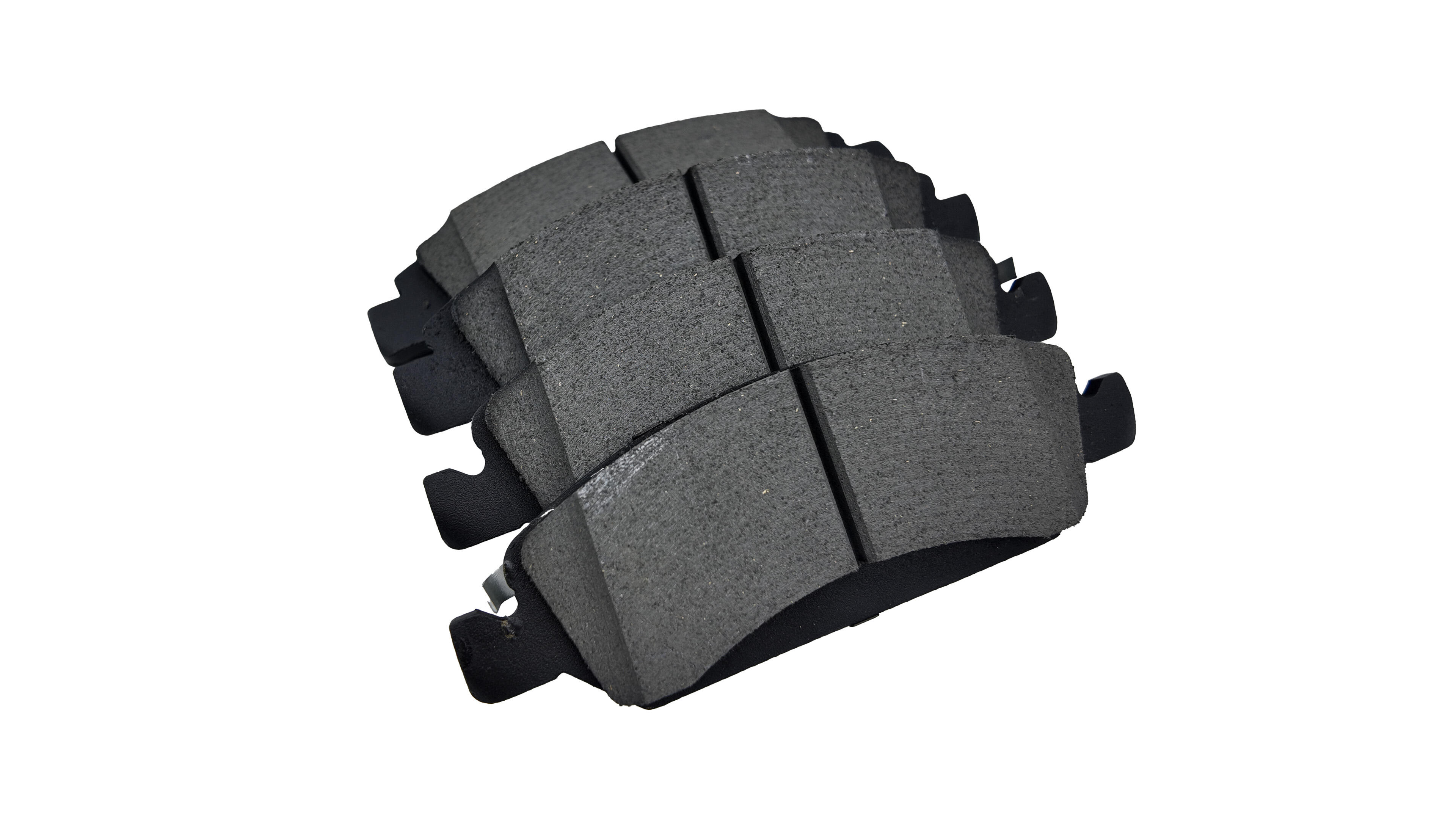ceramic versus metallic brake pads
Ceramic and metallic brake pads represent two distinct approaches to vehicle braking technology, each offering unique characteristics and performance benefits. Ceramic brake pads, introduced in the 1980s, are composed of dense ceramic materials mixed with copper fibers, while metallic pads typically contain steel, copper, iron, and other metal composites. Ceramic pads excel in everyday driving conditions, producing less dust and operating more quietly than their metallic counterparts. They also provide excellent heat dissipation and consistent performance across various temperature ranges. Metallic brake pads, alternatively, deliver superior stopping power and perform exceptionally well under high-temperature conditions, making them ideal for high-performance vehicles and demanding driving scenarios. The manufacturing process for both types involves sophisticated compression and heating techniques, with ceramic pads requiring more precise temperature control during production. Ceramic pads generally offer longer wear life and are gentler on rotors, while metallic pads provide better initial bite and perform more effectively in extreme weather conditions. The choice between these two types often depends on driving style, vehicle type, and specific performance requirements.


